IoT using Raspberry Pi and Python
Intermediate
Overview
Certification In IOT
Description
If you’re ready to get started on your path towards Certification in IoT, Cranes Varsity is here to help you.
IoT is a technology, used to connect things together and then use them to do some tasks. It can be used to control anything from home appliances to industrial equipment, vehicles, and even robots. The Internet of Things (IoT) is an infrastructure that connects devices through a network with the help of sensors and actuators.
At Cranes Varsity, we understand that there are many different aspects to Certification in IoT Course and that it can be difficult to learn all of them on your own. That’s why we offer both online and in-person classes so that you can choose the way that works best for your schedule. Choose from our variety of course options and start learning today!
Our course is designed to be as comprehensive as possible, covering every aspect of IoT that you’ll need to know in order to pass the test.
With Certification in IoT Course program, you’ll learn how to:
- Interact with IoT devices and systems through a variety of interfaces, including web apps and mobile apps.
- Understand how IoT devices work and how they interact with each other.
- Use the right tools to build an application that can be used by both humans and machines.
Caption:
Pi or Python, chase perfection
Content (Syllabus)
- Tools and Resources used
- Python 3.9
- Platform: Linux / Windows 7 and above
Take away
- Knowledge of Python3 constructs
- Learn python Understanding and using the object-oriented paradigm in python programs
- Understanding of the Internet of things using python features and their uses in developing applications.
- Understand the internals of the Internet of things
Python - Introduction to Python
- Using Python Interpreter
- Python script file
- Print Message to Standard Output
- variables and data types
- Reading Input from the console
- Type Conversion
- Arithmetic Operators and Conditions
Control Flow
- Relational Operators
- if…else statement
- if…Elif…else statement
- Logical operators
- While Loops
- break and continue statement
- Loops with else statement
- pass statement
- Python for loop
- Range Function
Lists
- Creating List
- Accessing elements from List
- Inserting and Deleting Elements from List
- List Slicing
- Joining two lists
- Repeating sequence
- Nested List
- Built-in List Methods and Functions
- Searching elements in List
- Sorting elements of List
- Implementing Stack using List
- Implementing Queue using List
- Shallow and Deep copy
- List Comprehensions
- Conditionals on Comprehensions
Functions
- Defining Functions in Python
- Function Argument
- Single Parameter Functions
- Function Returning single Values
- Functions with multiple parameters
- Function that returns Multiple Values
- Functions with Default arguments
- Named arguments
- Scope and Lifetime of Variables
- global specifier
- Functional programming tools: map(), reduce() and filter()
- Lambda: short Anonymous functions
- Creating and importing modules
- Programming Examples & Assignments
- Recursion
Python data structures
- Python Set
- Creating Set
- Adding/Removing elements to/from set
- Python Set Operations: Union, Intersection, Difference and Symmetric Difference
- Python Tuple
- Creating Tuple
- Understanding Difference between Tuple and List
- Accessing Elements in Tuple
- Python Dictionary
- Creating a Dictionary
- Accessing / Changing / Deleting Elements in Dictionary
- Built-in Dictionary Methods and Functions
Exception Handling
- Understand Exception
- Handling exception
- try and accept blocks
- multiple except blocks for a single try block
- finally block
- Raising exceptions using raise
File Handling
- Introduction to File handling
- File opening modes
- Reading data from file
- Writing data to file
Certification in IOT Course Module
Module 1 – Introduction to IoT Gateway
- Introduction
- How Does an IoT Gateway Device Work?
- Why Use an IoT Gateway Device?
- Qualities of IoT gateway devices
- How to Secure an IoT Gateway
Module 2 – RASPBERRY PI
- Introduction to Raspberry Pi 3 Model B
- Raspbian OS:
- Setting up Raspbian OS on SD card
- Raspberry Pi hardware setup
Module 3 – Raspberry pi GPIO programming.
- GPIO and physical computing on the raspberry pi
- Working with GPIO
- Flashing an LED
- Interfacing LCD
- Developing LCD package in python
Module 4 – Introduction to serial communication & ZigBee
- setting up serial port of Rpi
- Data transmission through Zigbee
- Interfacing DHT 11
- Installing Adafruit Package
Module 5 – Introduction to DHT11 Sensor
- Installing Adafruit Package
- Interfacing DHT11 sensor to Rpi
- Collecting Sensor Data
Module 6 – Cloud Computing
- Connecting to cloud
- Creating a Thingspeak account
- REST API
- Using Thingspeak API to upload data to the cloud
- Connecting using MQTT
Module 7 – Setting RPi as a server
- Setting RPi as an HTTP server
- installing the packages to setup server
- Hosting the server
Module 8 -Mail transfer through SMTP
- Introduction to SMTP
- Configuring SMTP configuration file (ssmtp.conf)
- Sending messages through email
Module 9 – IoT Security
- Security issues in IoT
- Secure devices, Secure communication
- Secure data transmission between devices using encryption and decryption.
- Real-time project development on Automation using IoT
Placement Statistics


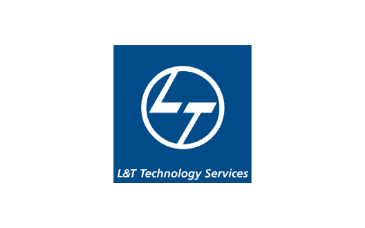


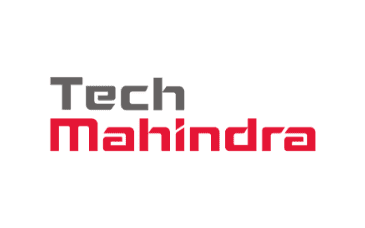




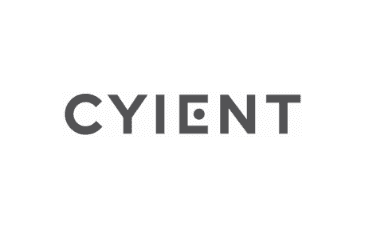
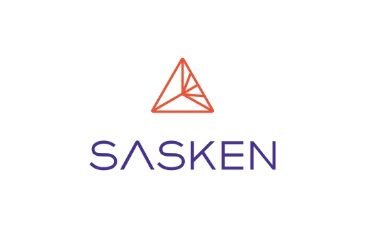



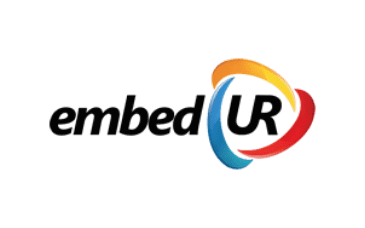

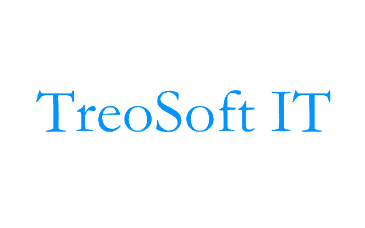
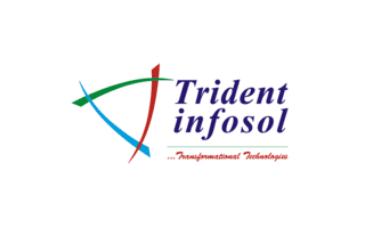


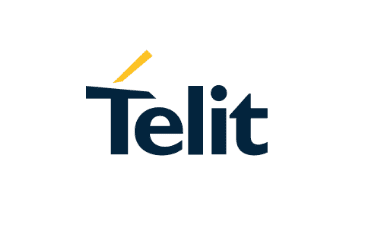





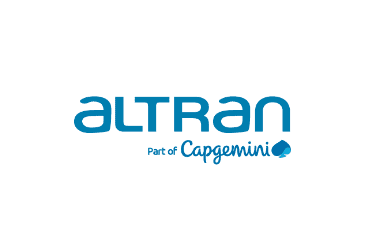








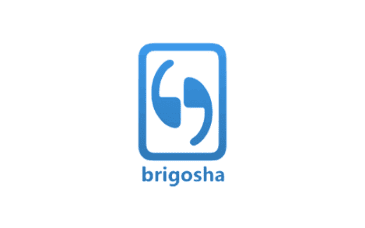


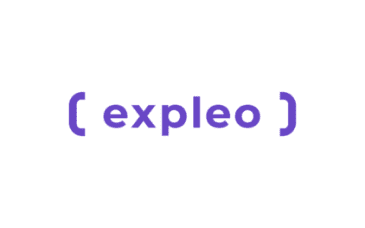
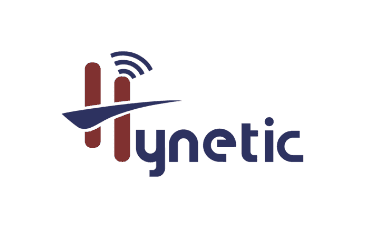




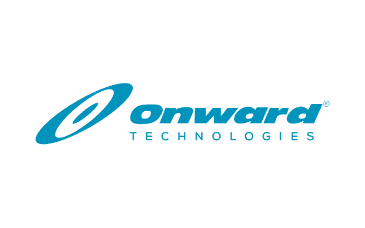


Certification in IOT Course FAQs
Which is the best IoT Certification offered online?
At Cranes Varsity, we offer a PG Diploma in IoT and Embedded Systems. This is the best IoT Certification course.
What is IoT with Raspberry Pi?
Raspberry Pi is a low-cost, credit card size computer. So you can use this computation power for making IoT devices. you can connect sensors to GPIO. It will receive all the data and can analyze data collected from the sensor on the device because of its high computation power and can remain hidden because of its small size. It has inbuilt Wi-Fi and Bluetooth so you can send that data to the cloud. So it has almost all kinds of necessary ingredients to make an IoT device. It’s the best package in small size.
How do I use my Raspberry Pi as an IoT device?
Raspberry Pi is a single-board microcomputer that is a pretty useful device for embedded and IoT applications. The RaspberryPi3 has onboard Wi-Fi with which you can directly connect it to the internet for sending data(eg. sensor data) and receiving data through the internet. This gives an added advantage over Arduino where you first need to interface an ESP8266 explicitly for Internet connectivity.
It also has an Ethernet adapter by which you can connect it to a router that has network connectivity for remote controlling via port forwarding. This will be difficult with other microcontrollers. All IoT applications need internet connectivity so easy access and no separate interfacing for Wi-Fi makes the coding easier.
Testimonials

Ankita Saigal
Placed in Robert Bosch
First of all, I would like to extend my thanks to each and every member of Cranes Varsity. We were taught from the very basics of Embedded Systems Design which made it easier for students from all levels. I would like to extend my vote of thanks to cranes varsity to provide me with numerous opportunities.

Santhosh SM
Placed in L&T Technology
Cranes are one of the top embedded training institutes in Bangalore. It has been a wonderful learning experience in Cranes Varsity. The training in every module of embedded systems at Cranes was effective. It provides a good platform for embedded systems. Cranes helped me get a job in the embedded industry.

Mayur MN
Placed in L&T Technology
It was a great experience in Cranes. My dream was to get into the embedded domain. As a fresher, it is difficult to get into the Embedded Design field, but Cranes made a huge difference in my career by giving the best training and placement assistance provided by Cranes. I would like to say Cranes is the best to choose for those who dream of embedded opportunity.

Chandru V
Placed in Avin Systems
I take this opportunity to thank “CRANES VARSITY”, one of the best-embedded training institutes which are helping students to get into the best company to build their career. I thank all the trainers who enhanced my knowledge in every subject and the placement team for giving me the best opportunities in the field of embedded. Thank you for all your support.

Hemanth Kumar
Placed in Caravel Info Systems
Cranes varsity is the best Embedded Training Institute to learn both practical and theoretical knowledge. It is the best place to gear up your career in a core embedded industry. Management and faculty member support till you get placed. They provided lots of opportunities to me. The embedded Course modules that we learnt here are systematic, and I immensely earned great knowledge.

Ankit Ahalawat
Placed in AK Aerotek Software
I am happy for Cranes for giving a platform and providing opportunities for attending the interview. Modules test, Mock test really helps to clear any company written test/ interview. Trainers were excellent at explaining and clarifying the doubts. I am very thankful to Cranes Varsity.

Nithin G
Placed in Moschip Semiconductor
Cranes varsity is the best platform to improve your technical skills in Embedded System Design. Their dedication towards teaching modules and interaction with the students is commendable, which made me achieve good skills for my career growth in the electronics/semiconductor industry.

Amitha Pankaj
Placed in Lekha Wireless
Happy to say that I am placed in Lekha Wireless. Cranes are one of the best Embedded Training Institutes. The way of teaching in Cranes is good. I thank the management and faculty for the guidance and opportunity.

Sidharth S
Placed in L&T Technology
If not Cranes, I would have been doing a job of not my interest and passion. Cranes provided me with the platform to start my career and knowledge about corporate life and requirements. “Thank you, Cranes” would be an understatement.
Downloads
- LevelIntermediate
- CertificateYes



